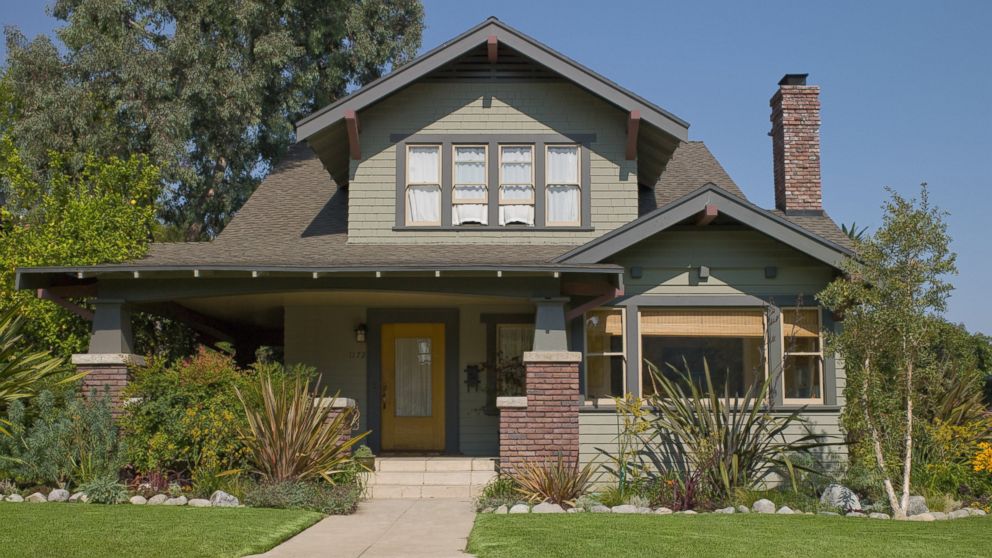What a $200,000 Mortgage Will Cost You
Mortgages aren’t one-size-fits-all products.

April 12, 2014 — -- Mortgages aren’t one-size-fits-all products. Loan types and lenders all have different requirements, benefits and drawbacks.
Some require sterling credit and sizable down payments. Others have looser standards but limit where you can purchase, or come with higher fees. Heck, one loan program is open to only about 1 percent of the population – the veterans and military members who proudly serve our country.
The type of mortgage can affect everything from your purchasing power to your monthly payment. The key is finding the mortgage program that makes the most sense given your particular financial situation, your homebuying goals and how you fit into the qualifying scheme.
To be sure, context and caveats are important when thinking about home financing. But sometimes just taking a cold, hard look at the numbers can also help provide clarity.
Running the Numbers
Let’s look at the four main mortgage options: conventional loans and the trio of government-backed mortgages (FHA, USDA and VA). Credit score requirements will be highest for conventional loans, typically followed by FHA and then VA and USDA.
Conventional borrowers will typically need to make a down payment of at least 5 percent, while FHA borrowers have a 3.5 percent minimum. Borrowers who can’t muster at least 20 percent down on either loan type will also pay mortgage insurance each month. Neither VA nor USDA loans require a down payment.
But all three government-backed loans have an upfront mortgage insurance premium or a funding fee. Most borrowers choose to roll these costs into the loan, which increases the monthly payment.
For our example, let’s assume you’re looking for a $200,000 mortgage at a 4.75 percent interest rate. We’ll use a consistent estimate for monthly property taxes and insurance.
At a glance, VA borrowers have the lowest monthly payment given the parameters. Conventional and USDA borrowers have similar payments, with FHA loans far and away the most expensive.
Parsing the Products
There are pros and cons to each loan type, however.
VA loans: Having no down payment is a significant advantage, although it also means you’re starting with no equity in the property. The funding fee varies based on service history and usage of the program. We used the highest possible fee (3.3 percent) for this example. First-time VA homebuyers would pay 2.15 percent and save even more money each month (and borrowers with a service-connected disability don’t pay it at all). As with the other government-backed options, the fee in this example is financed into the loan.
Conventional loans: These require the highest down payment, but you establish equity at the outset. The rate for private mortgage insurance can vary based on credit score, down payment and other factors (for this example, it’s 0.72 percent). There’s no funding fee on conventional loans, and borrowers can seek to cancel their mortgage insurance once their loan-to-value ratio is around 80 percent.
USDA loans: These feature no down payment and lower mortgage insurance costs, but the latter is payable for the life of the loan. These loans are also the most restrictive. Consumers must buy in a “qualified rural area” and have an income at or below 115 percent of the area median income.




